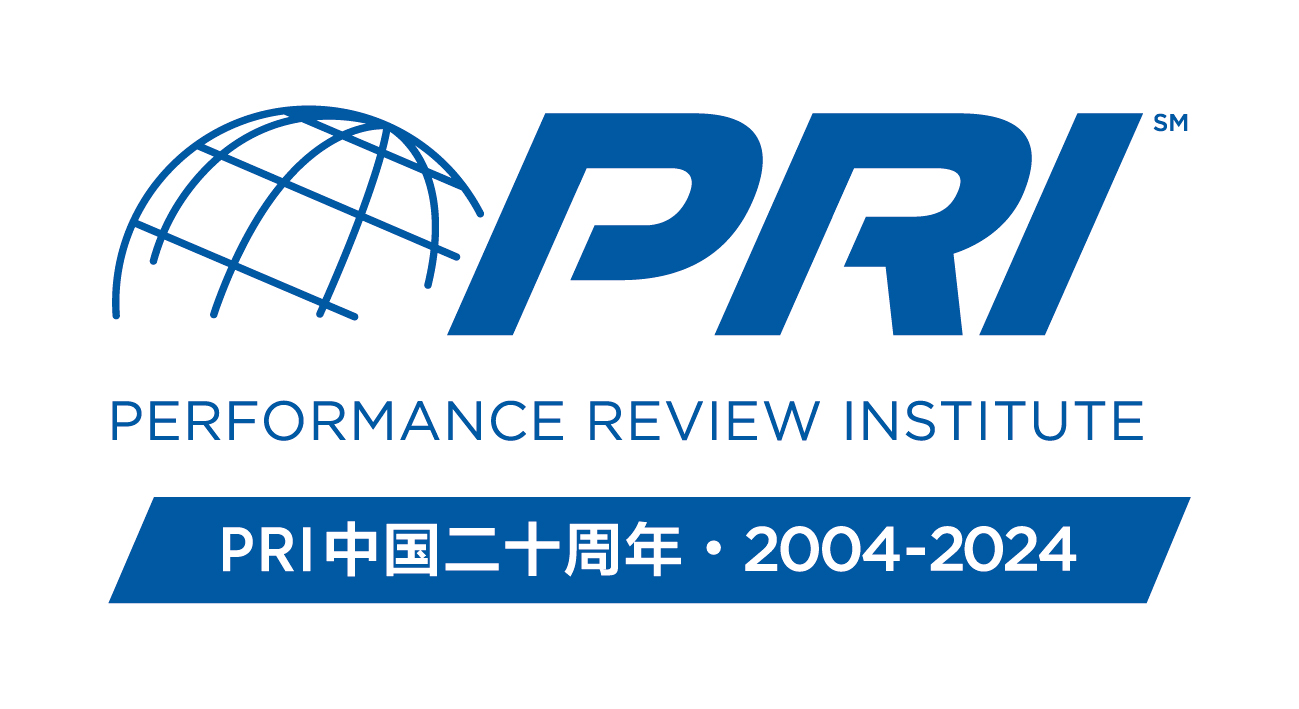项目和服务
- Nadcap
- 认证
- Nadcap会议
- 参加
- 审核员
- Nadcap研讨会
- eAuditNet
- 架构
- PRI体系认证
- 公正性声明
- 批准及认可证书
- 通用过程与政策
- PRI培训
- MedAccred
- 认证
- 参与
- 审核员
- MedAccred活动
- 行业领导和参与
- PRI Qualification
- 知识体系
- 考试
- 参与
- 获批培训机构
- 技术评审委员会
- Performance360
- TPG
- 认证
- 参与
- 审核员
- eAuditNet
- 架构
- PRI CAAP
- 认证
- 审核员
- eAuditNet
- 架构
- PRI QPL
- PRI-QPL(航空航天)
- 制动衬片认证项目
- 润滑油评审协会(Lubricant Review Institute)
AMS 2750E Thermocouple Requirements Part 2 – Calibration Frequency and Accuracy By Tom Murphy
As promised in the March 2017 newsletter, this is the second of three articles on thermocouples. This topic is also reviewed in the eQuaLearn Introduction to Pyrometry course. The first article mentioned how thermocouples work, how they are classified, and their calibration. This article focuses on the AMS 2750E Table 1 requirements for calibration frequency and accuracy.
Thermocouples are the basis of the thermal processing industry. The accuracy and control required for aerospace and medical thermal processing would not be possible if it were not for the relatively simple way in which thermocouples provide temperature information. AMS 2750 establishes the specific requirements for controlling thermocouple usage in which the Process Owner must thoroughly understand and the Quality System must address.
Of course, reading a short discussion is not adequate preparation. The eQuaLearn Introduction to Pyrometry course is an essential start, however, there are also customer specifications which may be different from AMS 2750. As you read below, please be aware that there are many special cases, therefore it is crucial to always review AMS 2750 when making decisions about your own usage.
Turning to Table 1 with our calibration report in hand, at first glance it would appear that compliance should be simple. It states that base metal thermocouples must be calibrated every 3 months and noble metal thermocouples every 6 months. It appears that the accuracy requirement is determined by usage. For base metal thermocouples, for example, either +/- 2°F (1.1°C) or +/- 4°F (2.2°C) (or 0.4% or 0.75% of the temperature respectively, whichever is greater). If only it were really that simple.
One way to approach thermocouple choice is considering “standard” and “special” accuracy limits. “Standard limit” (+/-4°F (2.2°C) or 0.75% of the temperature) thermocouples can be used for load thermocouples, for Temperature Uniformity Survey (TUS) thermocouples, and for working thermocouples on Class 3, 4, 5 or 6 thermal processing equipment. “Special limit” (+/-2°F (1.1°C) or 0.4%) thermocouples can be used for any application and are required for System Accuracy Test (SAT) thermocouples and for working thermocouples on Class 1 or 2 equipment. (Note that there is a tighter requirement for noble metal SAT thermocouples (+/-1.5°F (1.0°C) or stated percentage of temperature.)
There is good news and bad news upon a further look at Table 1. The good news is that you can use your controlling, monitoring and recording thermocouples for longer periods than 3 or 6 months before recalibration or replacement governed by your preventive maintenance program. (This assumes that there are no customer restrictions or special cases like SAT waiver.) However, the bad news is that base metal load thermocouples cannot be recalibrated.
Also, do not overlook the restrictions on Type E and K thermocouples on recalibration and depth of insertion if they are used over 500°F (260°C). Note that Table 1 does not say, as is sometimes interpreted, that Type E and K cannot be used for TUS and SAT. This only means that they cannot be recalibrated if used above 500°F (260°C). Also, on each usage above 500°F (260°C), Type E and K must be shown to have a depth of insertion equal to or greater than any previous use. Your system must provide objective evidence of compliance with these requirements, if Type E or K thermocouples are used.
Furthermore, as those familiar with AMS 2750E know, Table 1 is only the beginning and Figure 1 (which I will discuss in the final article) adds additional restrictions.
As an eQuaLearn instructor, I try to emphasize during the Introduction to Pyrometry course that these calibration frequencies and usage restrictions should not be thought of as science, but more like rules. AMS 2750 provides a structure and agreed criteria so that the supplier and the customer know how thermal processing equipment is being controlled. To quote Frequently Asked Question #12 found on page 36 of the Pyrometry Reference Guide,
Disclaimer: The views and opinions expressed in this article are those of the author and do not necessarily reflect the position or views of the Performance Review Institute or any of its employees or programs.
“… there are numerous approaches to interpretation of general requirements relating to heat treating. AMS 2750E was written by Aerospace Materials Engineering Committee, Materials Group Committee B. AMS 2750E has been accepted and approved by the aerospace heat treating community. Therefore, the aerospace heat treating community is compelled to comply with the requirements without attempting to rationalize why certain requirements exist”.
There is, of course, science behind these requirements. Changes in response of thermocouples occur due to thermal exposure. These changes, referred to as “drift”, are caused by physical and chemical changes to the wires. Oxidation or reduction of the surface occurs on exposure to temperature and atmosphere. Thermal exposure also causes changes internally to the wires themselves such as stress relaxation and even homogenization which affect response. Due to these changes, as well as variation in wire quality and manufacturing techniques, even the prescribed recalibration/replacement limits of AMS 2750 cannot be considered as guarantees. A thermocouple with a calibration requirement of 3 months may, in a shorter time depending on service conditions, drift to an unacceptable degree and no longer be within required accuracy. The Heat Treater needs to monitor the performance of the thermocouple in between calibrations. It turns out that Table 1 is really only the recalibration requirement for non-expendable thermocouples. Figure 1 clarifies additional instances where recalibration is not permitted. More importantly, it specifies usage restrictions as to how long and under what circumstances a thermocouple that cannot be recalibrated can continue to be used. Note that Figure 1 groups thermocouples a bit differently than Table 1. It addresses TUS thermocouples, two types of SAT thermocouples (resident and non-resident) and load thermocouples. It also now gives separate requirements for expendable and nonexpendable thermocouples in each case. Now, a brief digression here on resident thermocouples. If the test thermocouple is removed between SATs, it is nonresident and requirements are in the second row of Figure 1 of AMS 2750E. If it stays in place all of the time, it is resident and covered by the third row. Revisions of AMS 2750 up through C did not address resident thermocouples. There was much discussion regarding whether they should be allowed. The concern was drift, especially parallel drift. If the thermocouple stayed in place, it would be exposed to the same temperature and atmosphere conditions as the working thermocouples. If drift is occurring, both could drift. And, especially if they were the same material, they could give similar errors. Thus, you might “pass” an SAT only because both readings were in error. However, since the resident thermocouples were already incorporated in many pieces of thermal processing equipment, and there were good practical and especially safety issues raised, AMS 2750D allowed their use with certain restrictions. These include that base thermocouples can only be used up to 500°F (260°C). The exception is Type N which can be used at a higher temperature, but must be non-expendable if used above 1000°F (538°C). Noble metal thermocouples can be used at any temperature; however, they must also be nonexpendable if used above 1000°F (538°C). The other specific requirement is that a particular Type cannot be used to check a thermocouple of the same Type and that Types R and S are considered too similar and cannot be used to check each other. In the final article of this series, I will cover recalibration and reuse restrictions. A complete overview of Nadcap requirements related to Pyrometry are covered in the eQuaLearn Introduction to Pyrometry course. Upcoming Introduction to Pyrometry training locations include Munich, DE, Lyon, FR, Derby, UK, Torrance, CA and Indianapolis, IN. Please visit our website www.eQuaLearn.com or email eQuaLearn@p-r-i.org for a complete list of all upcoming eQuaLearn course dates and locations. Author: Tom Murphy served as the United Technologies member of the Nadcap Heat Treat Task Group from 1996 to 2012 and has been an eQuaLearn instructor since 2012.Disclaimer: The views and opinions expressed in this article are those of the author and do not necessarily reflect the position or views of the Performance Review Institute or any of its employees or programs.





